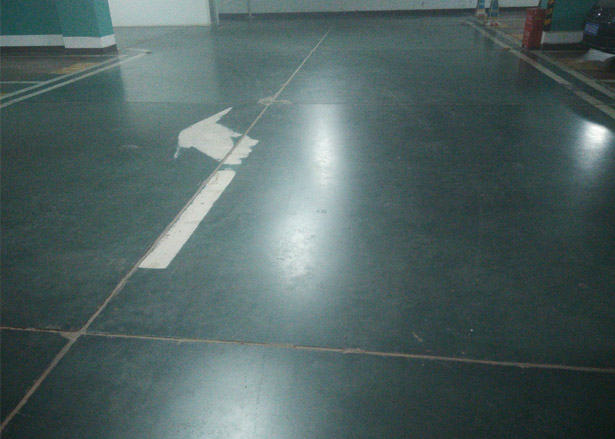## Understanding Aerospace Friction Material: Mechanisms and Applications
Aerospace friction materials are critical components in various aircraft braking systems, designed to ensure reliable stopping power under intense conditions. These materials primarily function by converting kinetic energy into thermal energy through friction, enabling aircraft to decelerate safely and efficiently.
The key components of aerospace friction materials include a matrix of reinforcing fibers, friction modifiers, and binders. Reinforcing fibers, often made of aramid or carbon composites, contribute to the material's structural integrity and thermal stability. Friction modifiers, such as metal powders or ceramic particles, optimize the frictional characteristics, enhancing braking performance. The binders, made from high-performance polymers, hold the composite materials together, ensuring mechanical adhesion and durability.
The working mechanism of aerospace friction materials is rooted in tribology—the study of friction, wear, and lubrication. When an aircraft's brakes are engaged, the friction material comes into contact with rotors or drums. The friction generated during this contact converts the aircraft's kinetic energy into heat. This heat is dissipated through the material and surrounding components. The efficient transfer and management of heat are crucial, as excessive temperatures can lead to brake fade, significantly impairing braking performance.
Advanced technology plays a pivotal role in the production and enhancement of aerospace friction materials. Modern manufacturing techniques, such as automated molding and advanced curing processes, allow for precise control over the material properties and structure. The integration of computer simulations and testing enables engineers to predict performance under varying conditions, ensuring safety and efficiency. Improved quality control measures ensure that the materials consistently meet stringent aerospace standards, crucial for both performance and safety.
Practical examples of aerospace friction materials in action include commercial aircraft landing gear systems, where rapid deceleration is necessary upon landing. Additionally, in military applications, these materials can withstand extreme conditions and repeated stress, ensuring reliable operation during complex maneuvers.
As the aerospace industry continues to evolve, the need for advanced friction materials becomes increasingly essential. These innovations not only enhance safety and efficiency but also contribute to improved aircraft performance and reduced maintenance costs. Manufacturers keen on integrating these materials into their systems should take note of the importance of high-quality suppliers. For more insights into aerospace friction material technology or to find reliable suppliers, please feel free to contact us.
Show More >>
PRODUCTS
You are welcome to contact us at any time, please write the message here and we will reply you in 24 houre. thanks foryour support.
NEWS
May.22, 2019



